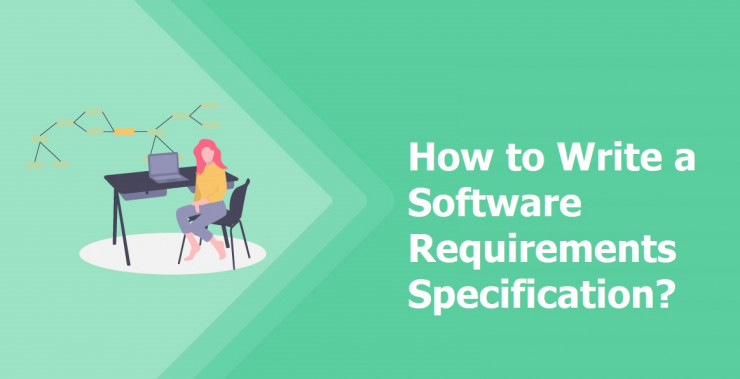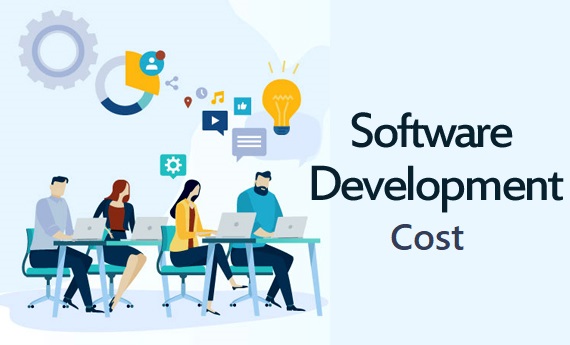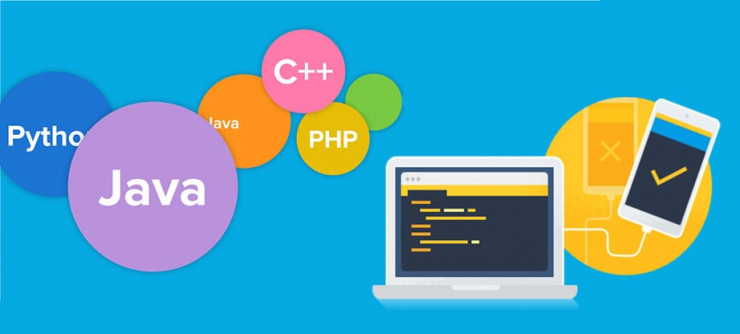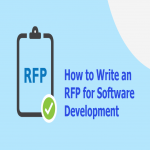Requirements help to complete any type of work conveniently. It is negotiable to have a clear concept with executable requirements for developing software comfortably. Software requirements specifications-SRS is essential for every software development project. It plays a vital role in every stage of development to work comfortably. However, the SRS is a document that contains written representation for software engineers. It also includes several working steps about how the software system should be developed. Well-organized documentation helps the developers to work comfortably with a clear understanding of every particular area. The SRS helps the developers by simplifying their work, and it also helps to satisfy the client as per their needs in the shortest possible time frames. The software requirements specifications also help the developers to come up with the best feedback to the client by solving several problems through testing and validation strategies.
In this comprehensive guide, we are going to discuss the typical software requirements specification for a better working process. Here, you will also find how to write software requirements specifications, including the beneficial sides of working through a requirement SRS.
What is SRS- Software Requirements Specification?
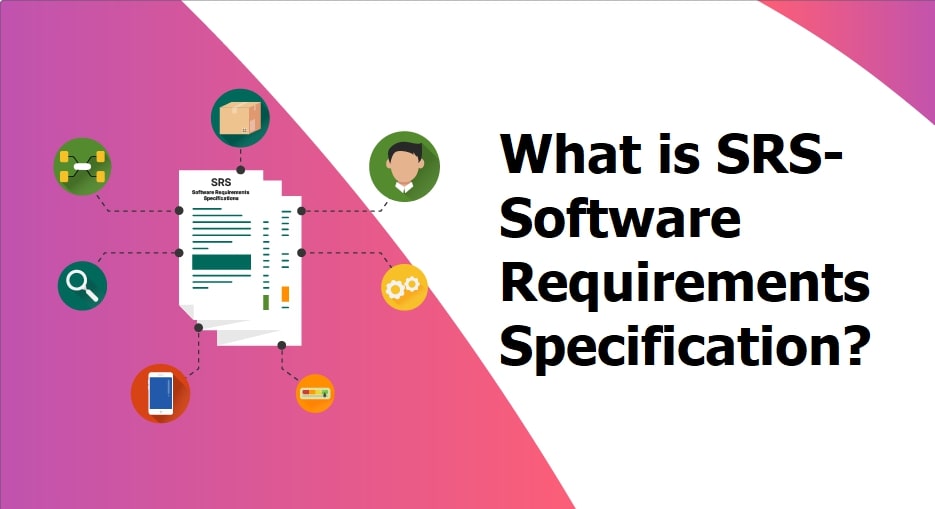
The software requirements specification is a document to work comfortably. This type of document describes the nature and benefits of a software development project with all its particular steps. It also elaborates the client’s desire, the intended purpose, requirements, and nature of the software. SRS helps the software engineers by providing a clear concept about the project, including the expected working process and performance. The document of software will provide you with the best guideline regarding the functionality of the product needs to fulfill all stakeholders, businesses, and users’ needs. However, the simple summary of SRS requires four Ds, and these are;
Define
Describe
Detail
Deliver
These are the core point of the SRS document. Also, you can define the purpose, describe the software development process that you are building. Also, provide the detail as the individual requirements and deliver the project for approval. A well-structured SRS plan will define everything comfortably, where it will describe how the software will interact with other expected connections and features. A convenient SRS will interact when embedded in hardware or connecting to other software. Additionally, better SRS documents are negotiable and account for real-life users.
The Importance of SRS Documents
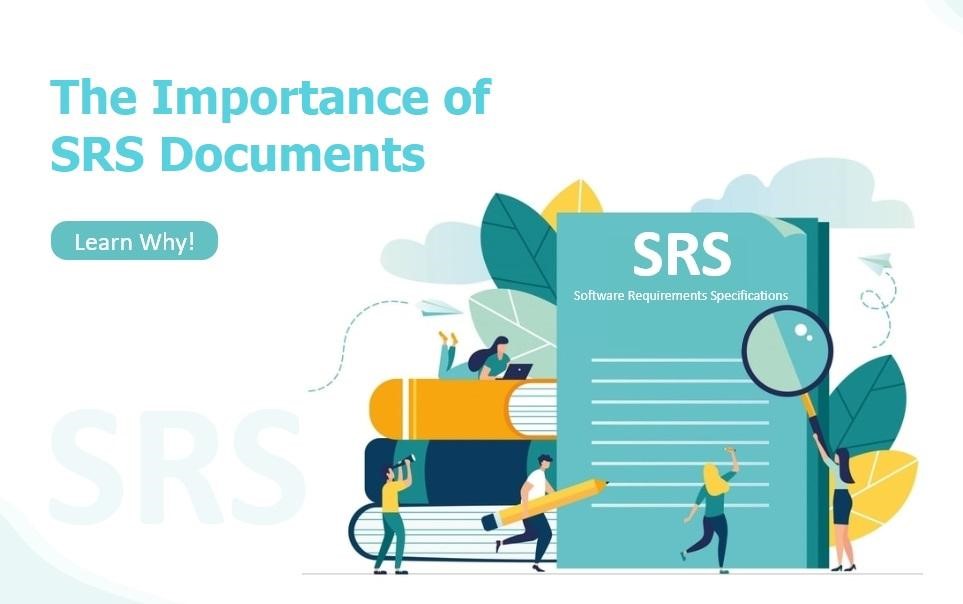
The SRS documents are essential for professional software development. These types of documents illustrate a clear concept of your entire development project. It comes with a single source of truth, where all the particular tasks include that every team involved in development will follow. SRS is necessary to understand the exact plan of action, where all the software development cost & team is involved for development, maintenance, and other technical workings. The documents of SRS keep the software engineers teams in sync with a stable position, which ensures each of the requirements is available for respective performances. In the case of the software development process, the SRS will reduce the countless hours of work and less expensive to make changes.
Ultimately, it will help you to make crucial decisions about the product life-cycle, including a better understanding and the time it will take to complete.
How to Write Software Requirements Specifications?
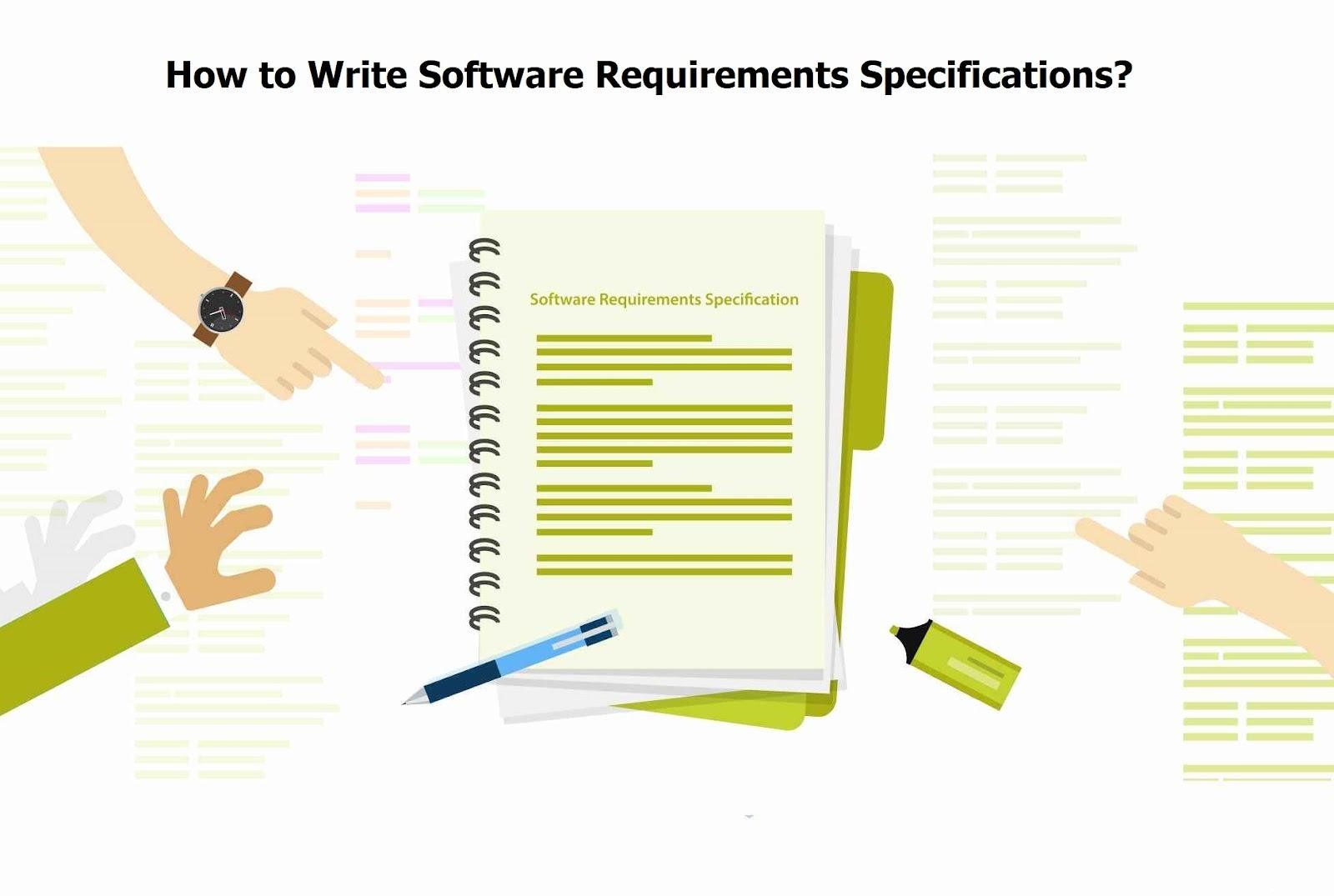
The software requirement specifications come with in-depth descriptions to develop software. It also illustrates how the software will be developed regarding all the requirements and particular stages. Therefore, writing SRS is essential for every product, but it is not always so easy to do. Here, we are going to describe the five efficient methods of writing SRS documents effortlessly.
The Efficient SRS Methods are;
Define the Purpose
Define your Product
Describe What You Will Build
Detail Your Specific Requirements
Deliver for Approval
These are the methods that we describe above initially. All these specifications are essential and help to create the best SRS ever.
Define the Purpose
Defining the purpose is the first stage of creating an outline of SRS-software requirements specifications. Describing the purpose and outline of the SRS is essential to understand the project initially.
The initial stage of defining the purpose of the SRS is mandatory to identify everything in the first attempt. Also, you can create the outline comfortably by following the initial methods.
Introduction
Purpose
Intended Audience
Intended Use
Scope
Definitions and Acronyms
Overall Description
Users needs & Desires
Assumptions and Dependencies
System Features and Requirements
Functional Requirements
External Interface Requirements
System Features
Nonfunctional Requirements
These fundamentals are enough to identify and understand the initial outline and purpose of the SRS. While writing your SRS, yours may contain more or fewer items where you can add the stages as per the requirements.
Define your Product
Defining your product is the second stage of the SRS. It is crucial to set the expectations, which will hit throughout the SRS-software requirements specifications. However, while defining the product purpose, you have to evaluate the entire process conveniently.
Defining the purposes of the product, you have must include;
Intended Audience and Intended Use
Making Product Scope
Descriptions and Acronyms
Intended Audience and Intended Use these two fundamentals are essential to define the organization efficiently. These will also help to identify that who will get access to the SRS and how they should use it. It also demonstrates the stakeholders in other departments, which also incorporates leadership teams, sales, and marketing strategy.
Making a Product Scope is essential to know the benefits of the project. Here, the objectives and goals need to be implemented, where the users intend to have for this product. Due to this identification of the product scope, that will relate to overall business goals significantly. Also, if it becomes necessary for the teams outside of development, they will have access to the SRS.
Descriptions and Acronyms play a significant role in defining the risks in the project. Here, you can entirely predict what could go wrong in the project and how to mitigate these risks. You will find the what are strategies to the implant to make improvements from these risk items. It will help you to break down the level of risks. The occurrence or risk level and the severity are necessary to identify where software engineers can come up with a strategy to mitigate this risk spontaneously.
Describe What You Will Build
Before creating or developing software or something, you need to know what you are building. In this stage, you have to provide a brief description of the building project. Here, you need to add all the things about the project.
Here you can illustrate;
Is that a new product or project?
Is that existing one that has an add-on to a product you have already created?
Is that product going to integrate each other?
Why is this product needed and essential?
Who is the user of this product
These are the essential things that need to be included to ensure the entire plan that what you are building.
User Needs
Demonstrating the user needs is essential, where you will describe who will use the product and how. Understanding the user needs and the user of the product is a critical part of the process. It will help to identify who will use the product and whether the users are primary or secondary. Another essential part is you need to know the purchaser of the product, including the end-users. All this information will help you to evaluate your potential customers, as well as the user needs.
Assumptions and Reliances
Assumptions and Reliances, these two things are crucial for every project. Here, you need to assume what types of technology you are using and what is the basement of the product. Mainly, the software engineers we will describe the technology as well as the based software framework for working. We also need to stock these several assumptions for a better understanding in the future, when our product would fail or not operate perfectly. Therefore, we can use the stocked assumptions for a better working process. Lastly, you need to note if your product requires other factors or if the project is dependable on any external factors. If we use any of the bits of software from a previous project, it needs to be included. Additionally, the new project depends on the operating features, and that should be included.
Detail Your Specific Requirements
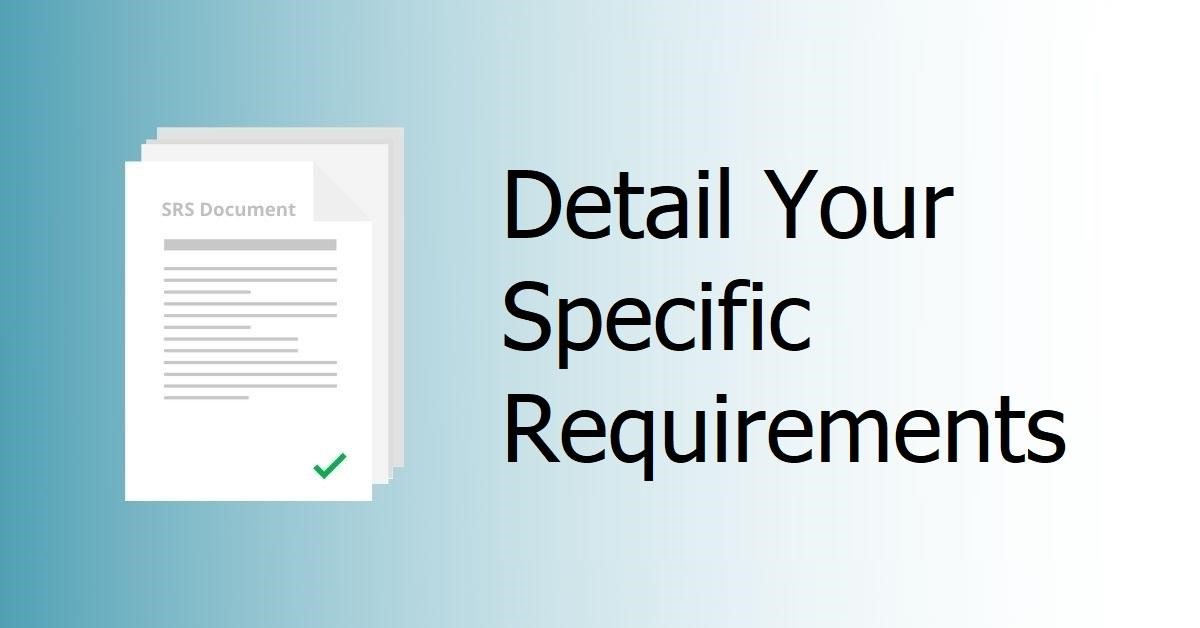
The specific requirements are essential for the development team to meet the requirement appropriately. Here, we need to include as many details as possible to establish a clear concept. It will be overwhelming and become easier to break down your essential requirements in the category.
However, some of the common and possible categories are;
Functional Requirements
External Interface Requirements
System Features
Other Nonfunctional Requirements
All these categories are similar and the possible ones for the SRS.
Functional Requirements
The functional requirements are crucial to your product because they come with some sort of functionality. It will help to know what types of functionalities are included in this. Here, It will also include what function does this provides and how it can help with this process. In this stage, you may also have other requirements that outline how the software will work and interact with other tools, and it will bring us to external interface requirements.
External Interface Requirements
Identifying and confirming the external interface requirements are also essential for understanding the project entirely. The external interface conditions are specific types of functional requirements, which become crucial while working with embedded systems. Regarding these external functional requirements, they will decide and outline how your product will interface with other components.
Several types of interfaces that you may have required includes;
User
Hardware
Software
Communications
These are the external interfaces that are needed for requirements.
System Features
System features are necessary to include as per the functionality. The system features are types of functional requirements, which helps to understand the project comfortably. Here, you will identify all the features that are required for a system to function.
Nonfunctional Requirements
The nonfunctional requirements are also essential as per the statics of the project. All the nonfunctional requirements are as essential as the functional requirements.
The Nonfunctional Requirements includes;
Performance
Safety
Security
Quality
Not all projects or organizations need these types of requirements. The importance of these requirements completely depends on the and may vary on the type of your industry. Most of the projects require these types of regulations to ensure the tracking and accounting of safety.
Deliver for Approval
After completing the SRS of a project, you need to get this approved by the stakeholders. The final approval will require everyone to evaluate by reviewing and enhancing the latest version of the document.
Other Methods of SRS
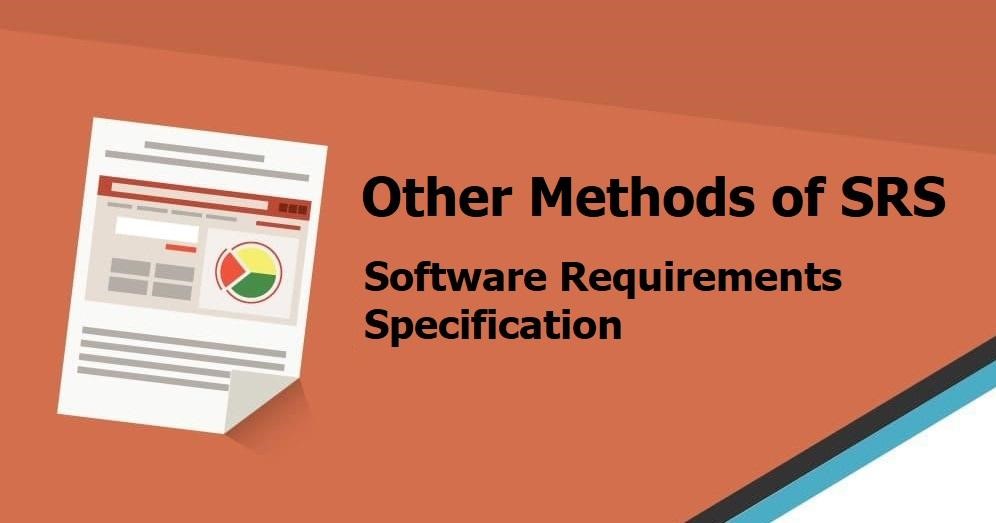
Regarding all these core methods of SRS, some extra processes need to be followed as per the requirements.
Risk Management
Keep Margin for Flexibility
Rank Requirements
Risk Management
Risk management is also an essential stage to consider that we described above. After the evaluation, if there are any risks then, it should be preferable for mitigation. The risk mitigation process works after the identification. It helps to prepare a clear concept about the project and helps to make the best decision.
Keep Margin for Flexibility
Keeping the margin for flexibility is crucial to incorporate with future changes. In every software development project, there are long-term commitments and requirements. Regarding obligations and necessities over time, the working process may evolve. The working process needs to be flexible as per the software requirements especially, in long-term projects. Also, the working documentation should keep a margin for flexibility to incorporate if any future changes are required.
Rank Requirements
The rank requirements are necessary to provide as per the priority. The SRS documentation may vary to the priority options of the several requirements mentioned in the document. It is preferable for providing absolute clarity to all stakeholders.
This also involves within the project, which is crucial to rank the requirements as per the importance of priority. Therefore, It will be beneficial to prioritize the higher requirements firstly and can be followed by secondary or low priority requirements.
Appendices
It is the stage for additional documents. It is preferable for providing additional information and documents, which can be useful during the SDLC-system development life cycle.
Bottom Line
In every software development project, the quick requirement process plays a vital role, and without it, the working stages become difficult to manage. A well-structured SRS-software requirement specification provides a comprehensive description of the project or a software product to be developed and other working-related documents on the same page. Writing SRS is beneficial and does not require so much effort. This guide comes with a detailed structure of the SRS, which significantly speeds up the software development process and saves unnecessary spending. All of these components are beneficial and preferable for creating SRS for every project to work with a software development company. We hope you find this article well, and it will simplify your development process to get the desired results spontaneously.
